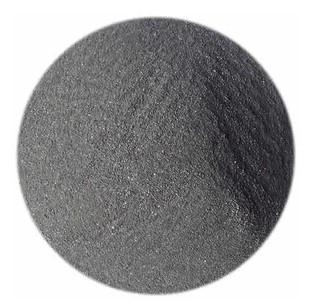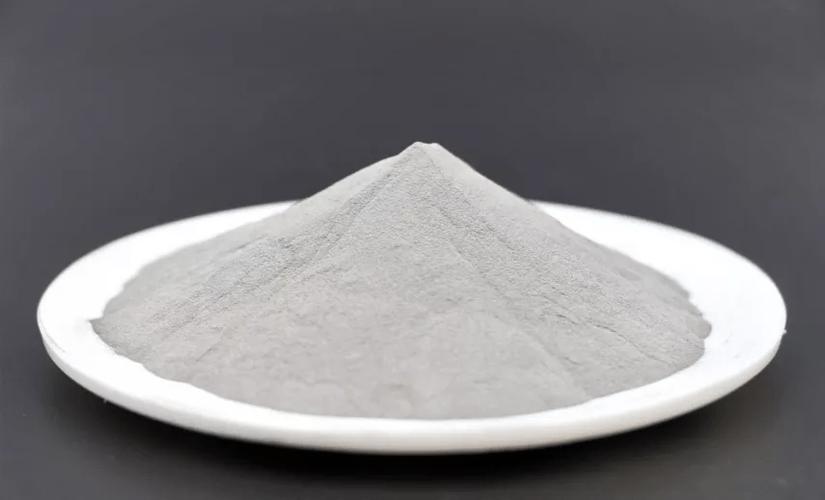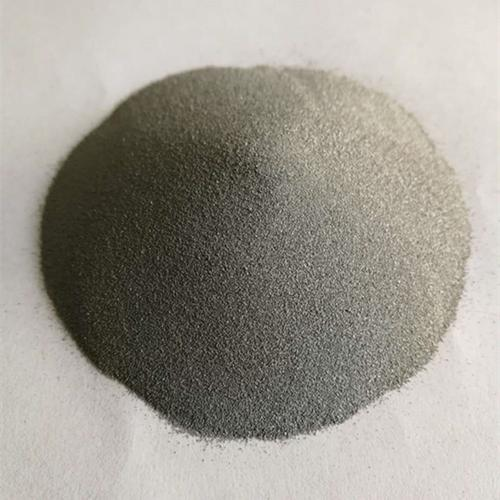**Spark to Solid: Can Friction Stir Welding Tackle Powder Metal Puzzles?**
(5. Can Friction Stir Welding Be Used For Powder Metal Parts?)
**Friction Stir Welding**, **Powder Metal Parts**. These terms sound like they belong in a high-tech workshop manual. People often wonder if the solid-state magic of Friction Stir Welding (FSW) can successfully join components made from pressed and sintered metal powders. The answer is exciting. It’s a definite “yes,” but like any good engineering story, it comes with fascinating details and important considerations. Let’s explore this intriguing fusion of processes.
**1. What is Friction Stir Welding Anyway?**
Friction Stir Welding is a clever joining method. It doesn’t melt the metal. Instead, it uses a specially shaped, rotating tool. This tool plunges into the joint line between two pieces. The tool shoulder rubs against the material surface. Friction generates intense heat. This heat softens the metal without turning it liquid. The tool pin stirs this softened material together as it moves along the joint. Think of it like kneading very hot dough. The result is a solid-state bond. The grains of the metal mix and forge a strong connection as they cool. It avoids many problems linked to melting, like porosity, distortion, or harmful fumes. It works brilliantly on tough alloys aluminum, copper, and magnesium find FSW particularly useful.
**2. Why Bother Welding Powder Metal Parts with FSW?**
Powder Metal (PM) parts are everywhere. You find them in car engines, power tools, appliances. They offer complex shapes made efficiently, with less waste. But joining them can be tricky. Traditional welding methods like arc welding struggle. Why? Powder metal parts often contain tiny pores left over from the sintering process. Melting the metal can make these pores expand. Gas gets trapped. This leads to ugly, weak welds full of holes and cracks. Friction Stir Welding offers a solution. It operates below the melting point. It avoids creating a liquid pool where gases can cause havoc. The forging action of the tool actually helps collapse some of those pores near the weld zone. This means potentially stronger, more reliable joints in PM parts. FSW also produces less distortion and residual stress compared to fusion welding. This is crucial for maintaining the precise dimensions of sintered components.
**3. How Does FSW Actually Work on Powder Metal?**
Using FSW on powder metal parts needs careful attention. The process itself is similar to welding solid metals. The rotating FSW tool plunges into the joint line. It generates frictional heat. This softens the material. The tool then traverses along the joint, stirring the plasticized metal together. However, powder metals have unique characteristics. Their porosity and sometimes variable density require specific adjustments. Tool design is critical. The pin profile and shoulder geometry must manage the softer, porous material effectively. Plunge force and rotation speed need precise control. Too much force might crush a porous part. Insufficient heat won’t create a good bond. Preheating the PM parts slightly is sometimes helpful. This reduces the force needed and improves material flow. Clamping the parts securely is vital. Good fixturing prevents movement or lifting during the intense stirring action. Material choice matters too. Some PM alloys weld better than others. Alloys designed for higher density and strength generally respond best.
**4. Where Can You Use FSW on Powder Metal Parts?**
The potential applications are growing. Industries needing strong, reliable joins in complex PM shapes are taking notice. Automotive is a prime candidate. Think about joining sintered transmission gears or complex engine components. FSW could create durable assemblies without compromising the part’s integrity. The aerospace sector values lightweight, high-strength parts. PM components joined with FSW could find use in non-critical structural elements or housings. The electronics industry uses PM parts for heat sinks and shielding. FSW offers a way to assemble these without damaging sensitive electronics nearby. Oil and gas equipment often uses corrosion-resistant PM alloys. FSW provides a robust joining method for downhole tools or valve components. Even consumer goods benefit. Imagine stronger frames for power tools or high-performance bicycle parts made from joined PM segments. The key advantage is achieving strong welds in materials notoriously difficult to join cleanly with traditional methods.
**5. FSW on Powder Metal: Answering the Big Questions**
People have common questions about this process. Let’s tackle them:
* **Is the weld as strong as the base PM metal?** Often, yes, sometimes stronger! The stir zone typically has a fine-grained structure, enhancing strength. The heat-affected zone might be slightly weaker than the base metal, but overall joint efficiency is usually high, frequently matching or exceeding the strength of the porous PM material itself.
* **Does FSW eliminate all porosity in the weld?** It significantly reduces it. The forging action collapses pores near the joint. However, porosity deeper in the base material away from the weld zone remains unaffected. The weld nugget itself is usually dense and sound.
* **Can you weld all types of powder metal?** Not equally well. Iron-based PM steels are common and often weldable. Aluminum PM alloys respond very favorably. Copper-based PM materials can also work. Success depends heavily on the specific alloy composition, density, and sintering history. Some highly porous or low-density parts might not be suitable.
* **Is FSW expensive for PM parts?** Setup costs for tooling and fixtures can be high. But for medium to high production volumes, the benefits often justify the cost. These benefits include less scrap, fewer defects, less post-weld cleanup, and potentially faster cycle times compared to problematic fusion welding.
(5. Can Friction Stir Welding Be Used For Powder Metal Parts?)
* **What about complex shapes?** FSW tools are adaptable. Specialized tool designs and robotic systems can handle contours and complex joint lines common in PM parts. It’s not limited to flat sheets. The process offers significant flexibility for three-dimensional geometries.
Inquiry us
if you want to want to know more, please feel free to contact us. (nanotrun@yahoo.com)


